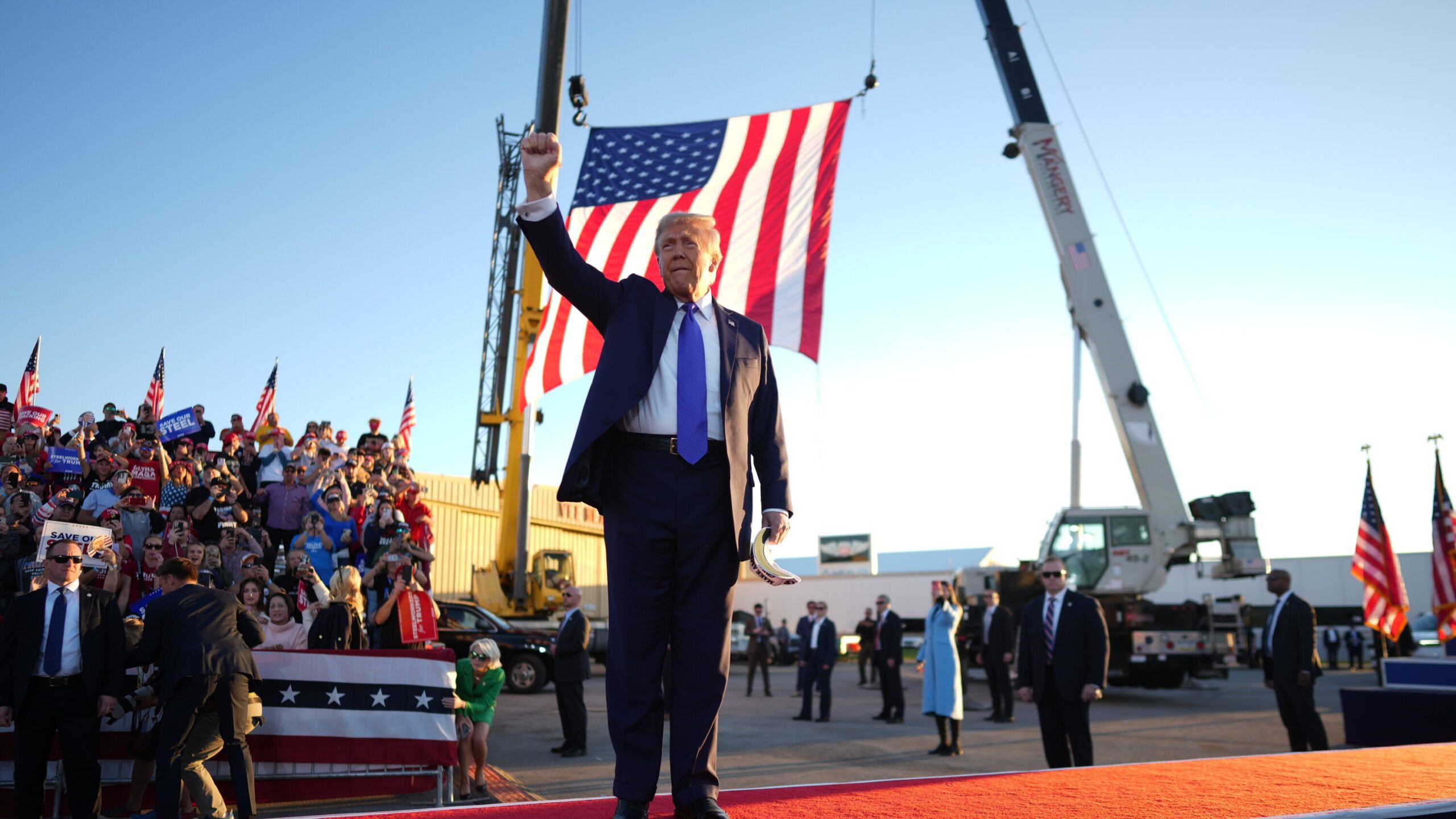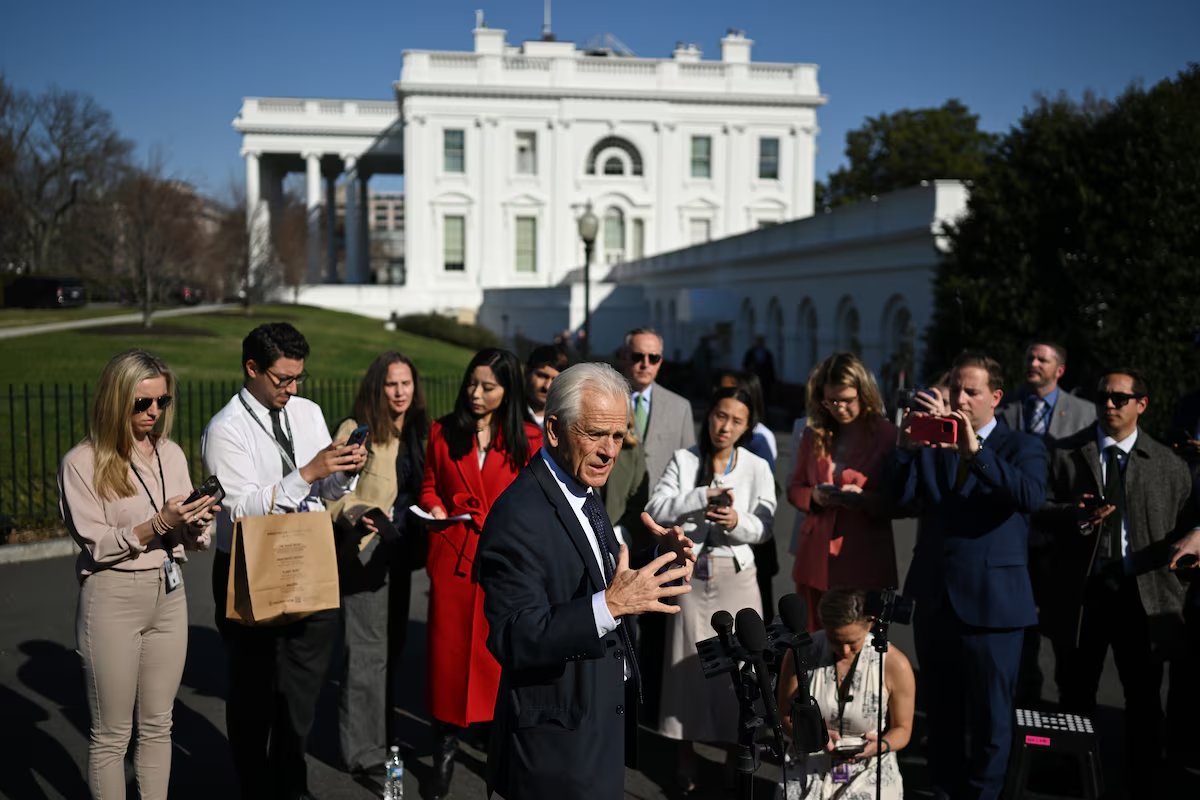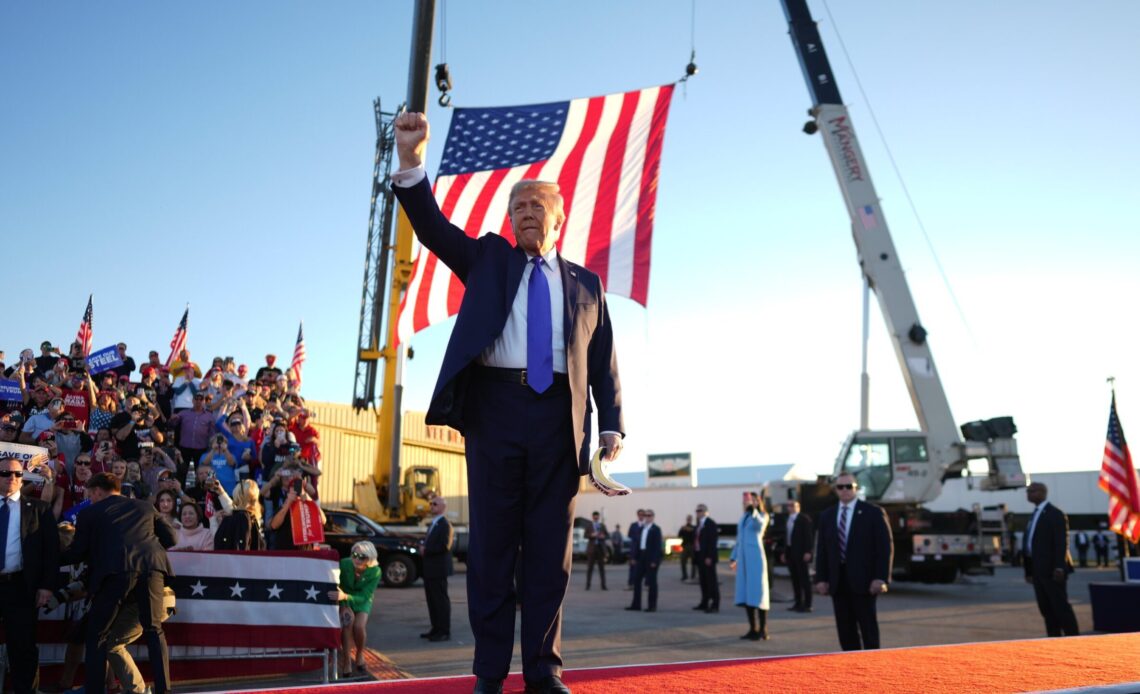A senior aide to former President Donald Trump has claimed that **tariffs under a potential second Trump administration could generate $6 trillion**, a figure that would make it the largest tax increase in U.S. history. The statement has sparked intense debate among economists, policymakers, and business leaders, raising questions about how such tariffs would impact the economy, trade relations, and American consumers.

Trump has long advocated for **aggressive tariffs as a way to boost American manufacturing, reduce reliance on foreign imports, and pressure economic rivals like China**. His previous administration imposed a series of tariffs on Chinese goods, leading to a trade war that saw retaliatory measures from Beijing. Now, with Trump campaigning for a return to the White House in 2024, his aides are outlining an economic strategy centered on even higher tariffs, which they argue will not only strengthen the U.S. economy but also generate record revenue.
However, **critics argue that tariffs function as a tax on consumers and businesses**, leading to higher prices for everyday goods. If a $6 trillion revenue projection is accurate, it would represent an unprecedented financial burden on American households and industries. **Tariffs typically increase the cost of imported goods, which businesses often pass on to consumers in the form of higher prices**. This could potentially contribute to inflation, an issue that has already been a major concern in recent years.

Proponents of Trump’s tariff strategy claim that **the increased revenue could be used to pay down national debt, fund infrastructure projects, or provide tax relief for American workers**. They argue that **prioritizing domestic production over cheap imports** will create more jobs and reduce economic dependence on foreign nations. Some analysts believe that, if implemented strategically, targeted tariffs could help balance trade deficits and encourage domestic investment in key industries.
Despite these arguments, **many economists warn of potential negative consequences**. Higher tariffs could trigger retaliatory measures from major trading partners, leading to **a renewed trade war that disrupts global supply chains**. Industries that rely on imported materials, such as the automotive and technology sectors, could face **higher production costs**, ultimately affecting competitiveness and profitability. Additionally, other countries may seek alternative markets, reducing U.S. export opportunities and harming American businesses that rely on international sales.

As the 2024 presidential election approaches, Trump’s economic policies, particularly his tariff plans, will be **a major point of discussion**. While his supporters view tariffs as a powerful tool to reassert American economic dominance, opponents warn that they could lead to financial strain, market instability, and diplomatic tensions. Whether this $6 trillion tariff projection is a realistic economic strategy or a political talking point remains to be seen, but its implications will undoubtedly shape the debate over the future of U.S. trade policy.
